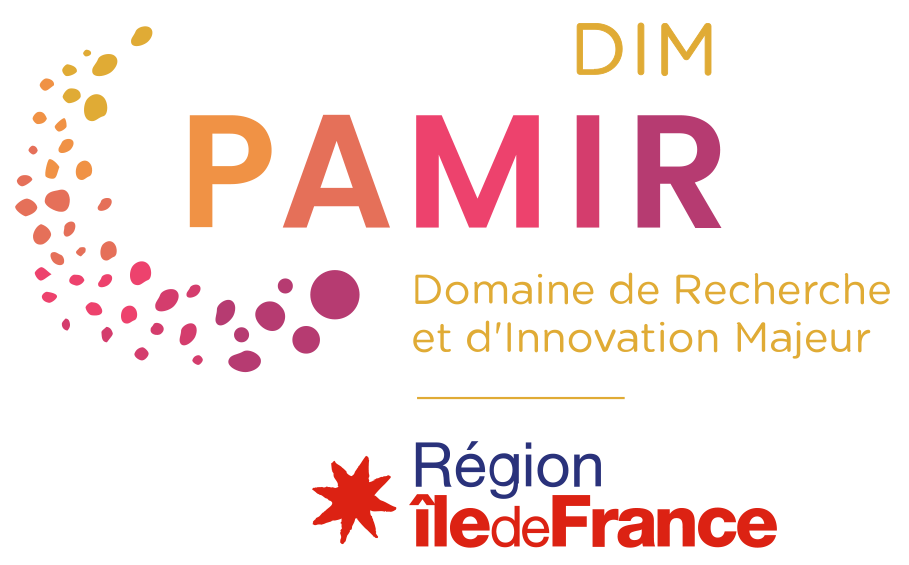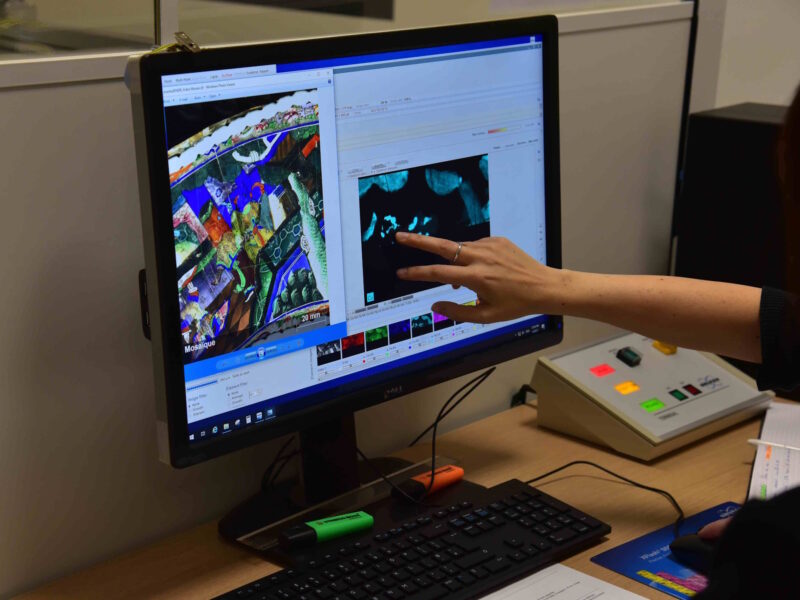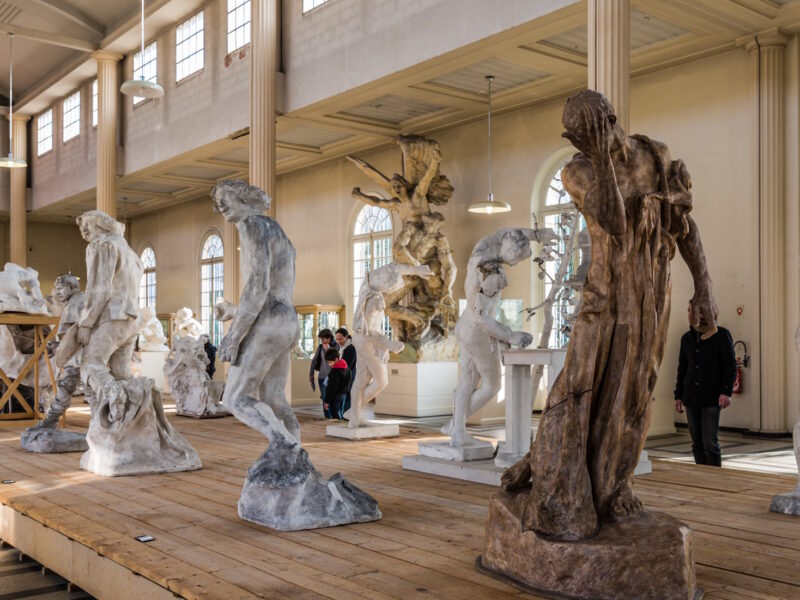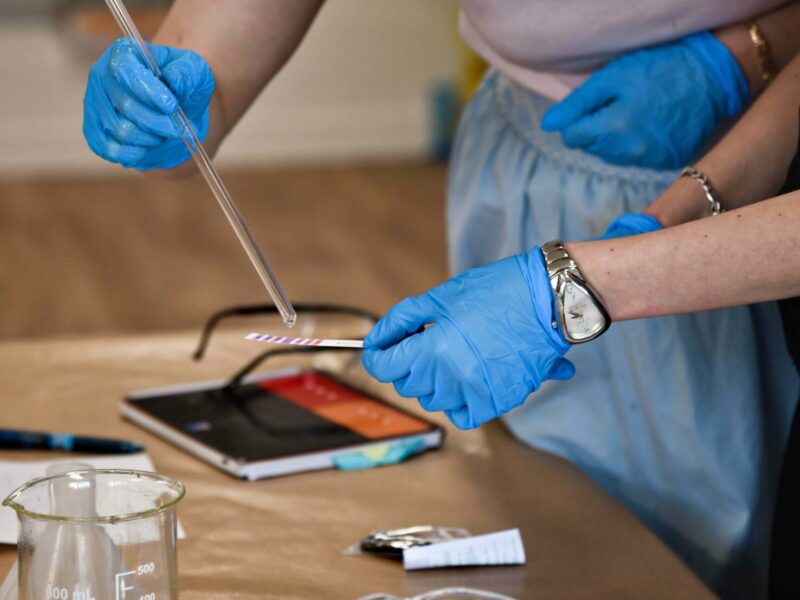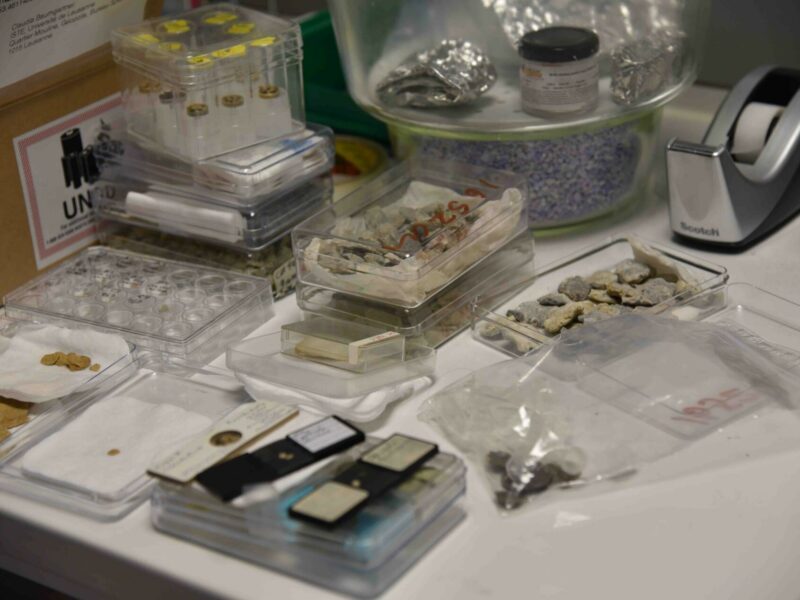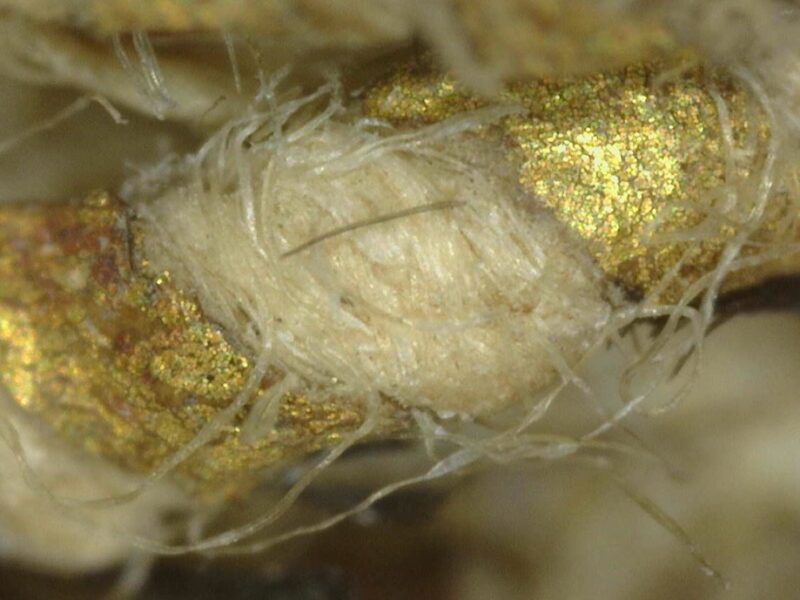There is an urgent need to integrate the most current issues in the construction of knowledge into research on ancient materials: the full recognition of the socio-economic sector as a key player in the system, the rise of digital technology, not only as a resource but as a point of view on materials, the development of portable and connected instrumentation, the new place of the issues of open science, the training of heritage research and by student heritage research. Achieving these transformations requires reflection on three boundaries at the heart of contemporary societal issues:
- The boundary that separates nature and culture, questioned both by developments in the humanities and experimental sciences, and contemporary socio-environmental issues.
- The boundary between the material and immaterial, profoundly transformed by the renewal of interdisciplinary methods, interpenetration of studies between practices and objects, and the digital revolution.
- The boundary between the past and future, separated by the thin line that constitutes the present, where its uncertainties are largely linked to a troubled relationship with the past and the future, which allows a critical examination of the forms of transmission of heritage.
We propose to overcome these boundaries by making several major and structuring transitions:
- Create a new interface between research and socio-economic innovation. The Ile-de-France research network in the field of heritage systems is one of the main research fields connected to the socio-economic fabric. It is important to better identify it and increase its visibility: alongside industries structured around very large companies, there are design, living arts, museography, data visualisation, cultural and creative industries, industries for the creation of “paleo-inspired” materials, or expertise in heritage conservation-restoration
- Develop new classes of instruments. This will involve supporting the development of new physical, chemical or digital instruments specifically adapted to the field (field investigation and diagnosis tools, reference databases, preventive conservation tools, equipment dedicated to the protection of endangered heritage, etc.) and breakthrough equipment, which does not exist “off-the-shelf”, inspired by the needs in the field.
- Give a central place to digital tools. Today, modern analytical tools, by their rapid acquisition times, generate massive quantities of data, which complement those collected by the human and social sciences on heritage. To analyse, mathematics and the humanities must be called upon to develop models, classify and merge data. A major challenge is to build cross-references between quantitative and qualitative data.
- Organise communities based on research methods using open science practices. The key issue here is data documentation: what metadata matters? And in what contexts? To make what kinds of arguments? To answer which hypotheses? This will involve documenting the data to ensure its traceability, searchability and storage, and also, software storage in an accessible and/or permanent way, and integrating the reflection on formats and standards.
